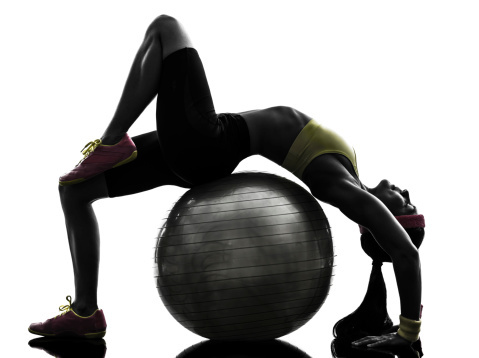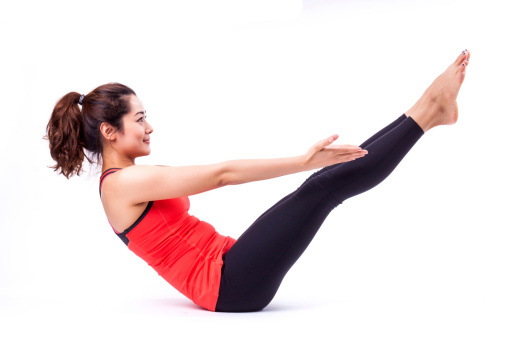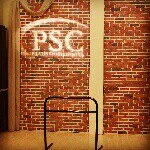
Pilates works your body from your toes to your neck.
There are many good reasons for the enduring popularity of Pilates. If we wanted to count them, we could start with a long list of body parts that benefit from this wonderful exercise.
More than the Core
While Pilates is most famous for strengthening the body’s core, it works many other areas as well, both external and internal.
The core is our trunk, or midsection – the area that extends side to side, starting just below the rib cage and continuing to the spot right above the hip joints in front, and base of the buttocks in the back. It includes your abdominals, your back, and the many muscles that surround them.
Abs
Your upper and lower abdominals support your upper body as they protect your internal organs. Muscles are like an internal girdle that holds everything in place and serve as a shield. A weak core can mean that organs get displaced, and are more vulnerable to injuries, either from displacement or any external injury that might occur.
A strong pelvic floor, which Pilates contributes to, also serves as a base that keeps organs from moving downwards.

While it focuses on the core, Pilates works the entire body.
Hips and Pelvis
Your hip flexors extend from your lower back to your upper legs. They work with the sacrum and coccyx to form the pelvic girdle, which acts as a stand on which your core rests.
When your core is weak, you slouch. Slouching puts added stress on your pelvis and hips. All those commercials you hear about pelvic weakness and hip replacement? Those should be rare occurrences. The good news is that Pilates can go a long way towards keeping your hip and pelvis in good shape, not only by strengthening your core, but through residual movement and strengthening of those areas as well.
Your Back
That weak core issue, and slouching? Those things also work a number on your back. Back pain is another issue that is constantly being talked about in the media, but much of it is preventable. With strong muscles protecting the spine and coaxing it to stay upright, many back problems might be prevented.
A Strong Butt
The butt muscles are some of our most practical muscles. They not only make it possible for us to sit, walk, run, climb and jump, but they also serve as a stable base, offering even more support than the core alone can. Many of the Pilates exercises that involve your legs and strengthen your core, also work your gluteus maximus at the same time.
And More
Pilates involves the entire body. In some of the really active movements, your heart rate goes up, which offers cardiac benefits. Many exercises also call for flexing and stretching your legs, arms, feet, ankles and neck.
Pilates. It does a body good.
Take a look at our Pilates for Men: Mat workout.
More information about our Pilates Mat Teacher Training.




